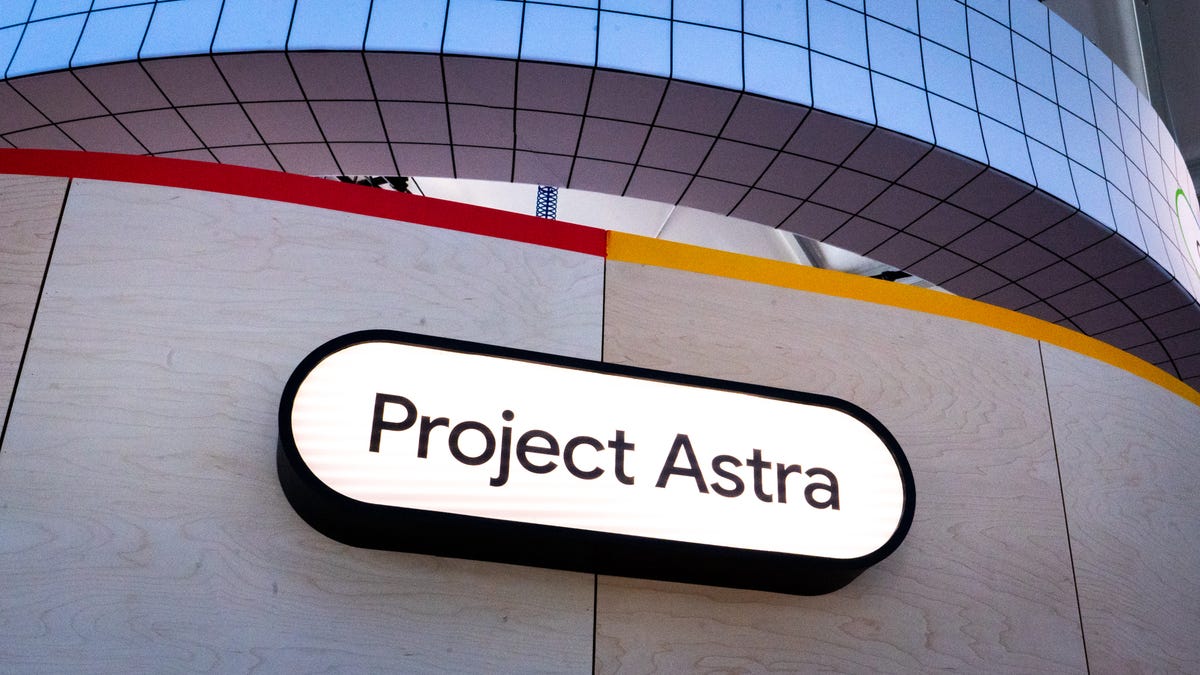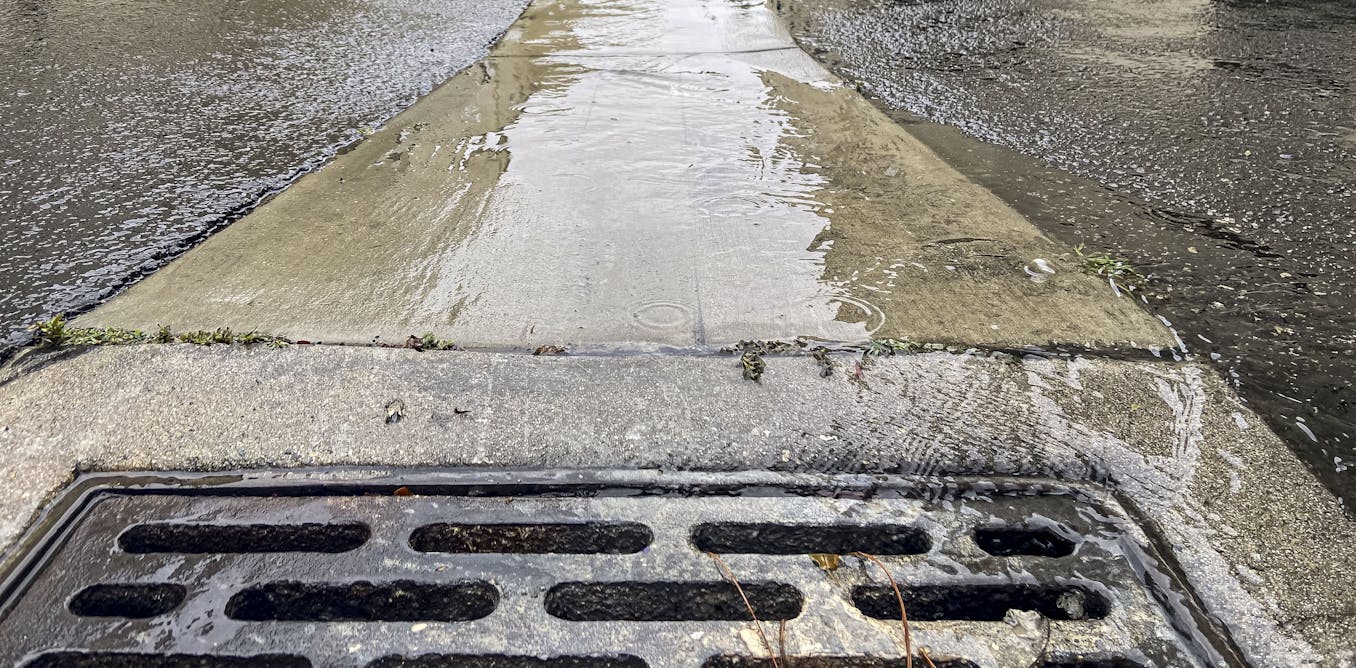
How To: Make Your Own Gears
Gareth Branwyn is a freelance writer and the former Editorial Director of Maker Media. He is the author or editor of over a dozen books on technology, DIY, and geek culture. He is currently a contributor to Boing Boing, Wink Books, and Wink Fun. His free weekly-ish maker tips newsletter can be found at garstipsandtools.com.
In 2010, we asked Dustyn Roberts, then teaching a course at NYU’s Interactive Telecommunications Program (ITP) called Mechanisms and Things That Move, to contribute something on fabricating your own gears for our Physical Science and Mechanics theme. Dustyn had just written a book, called Making Things Move, and we wanted to feature some of the kinds of content that could be found in it. — Gareth
Gears are easy to understand, make, and use, if you know the vocabulary and can space the gears at the correct distance apart. One nice thing about gears is that if you know any two things about them – let’s say outer diameter and number of teeth — you can use some simple equations to find everything else you need to know, including the correct center distance between them. First, look over the anatomy of the spur gear pair in figure 1 and the vocab below.
All of these gear parameters relate to each other with simple equations. The equations in the table below come from the excellent (and free) design guide published by Boston Gear [PDF].


/cloudfront-us-east-2.images.arcpublishing.com/reuters/LUKPFIH5S5JKBMJFDLHCRXEDRE.jpg)













